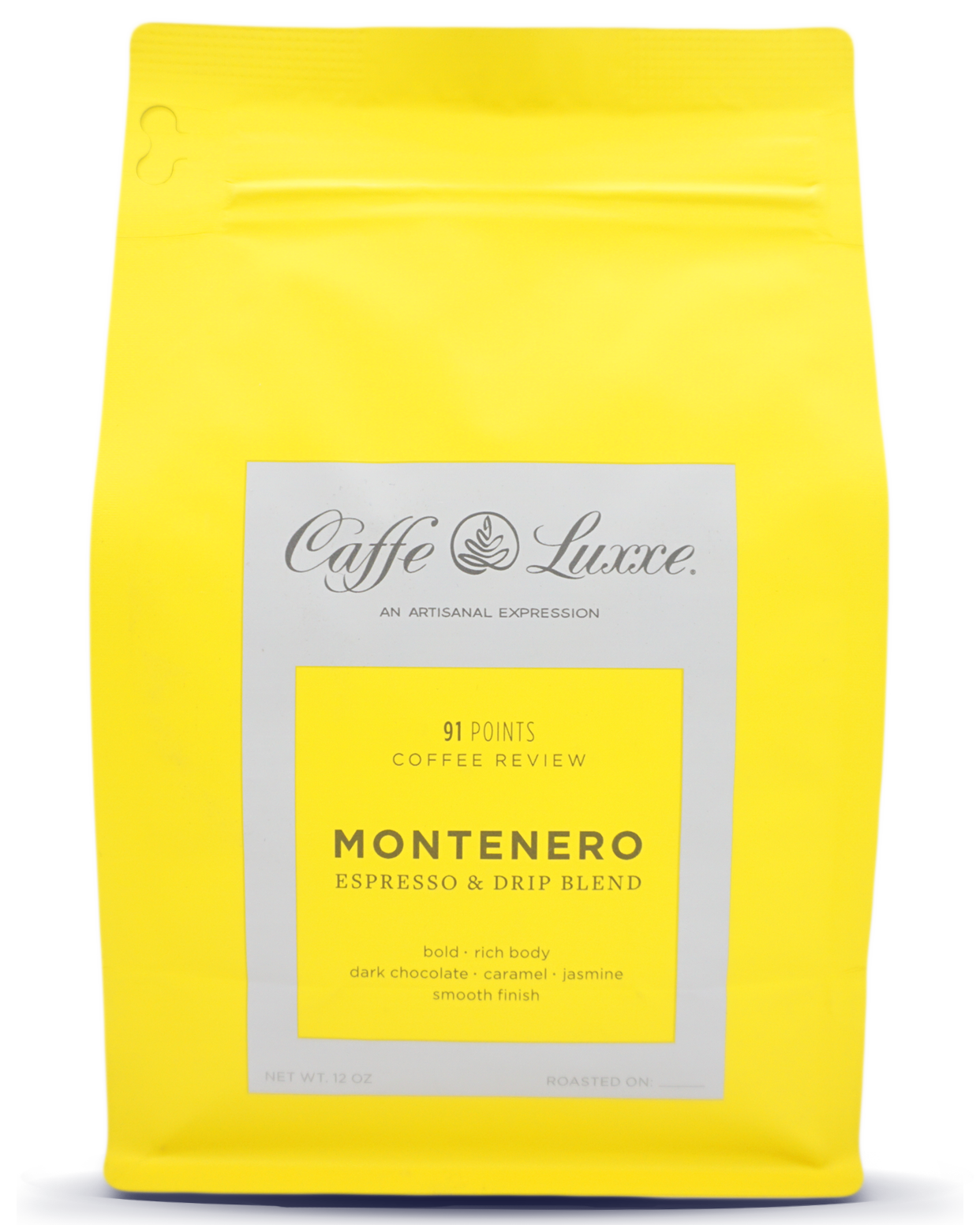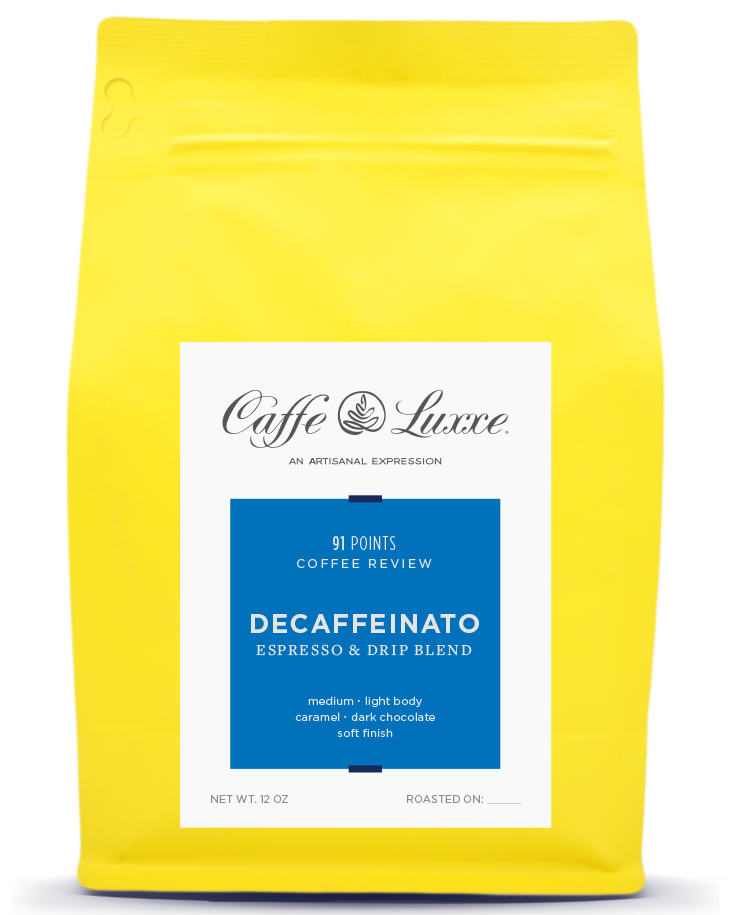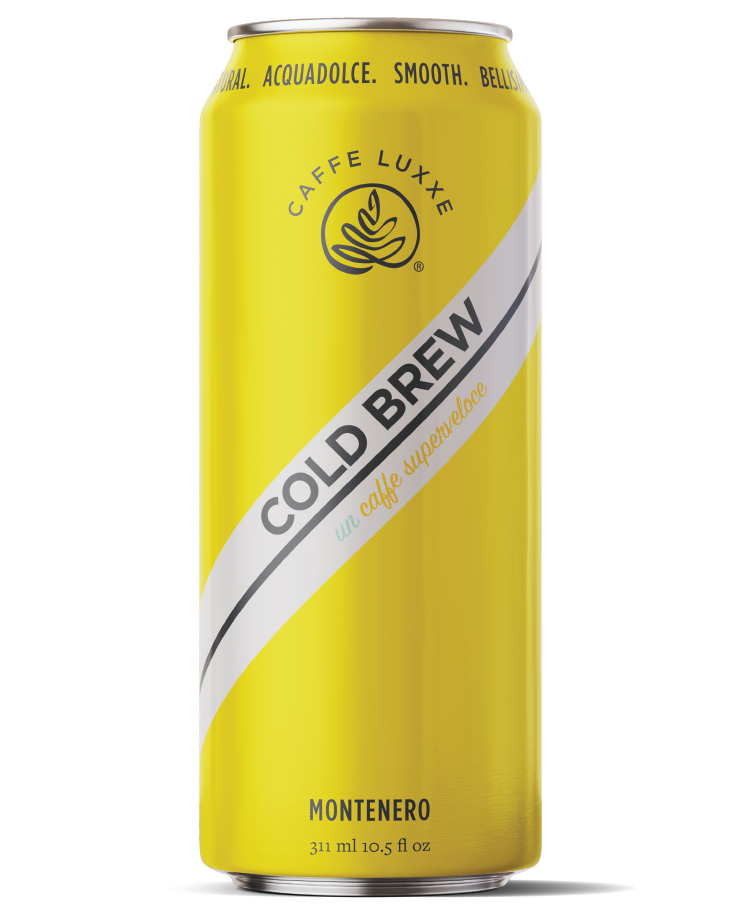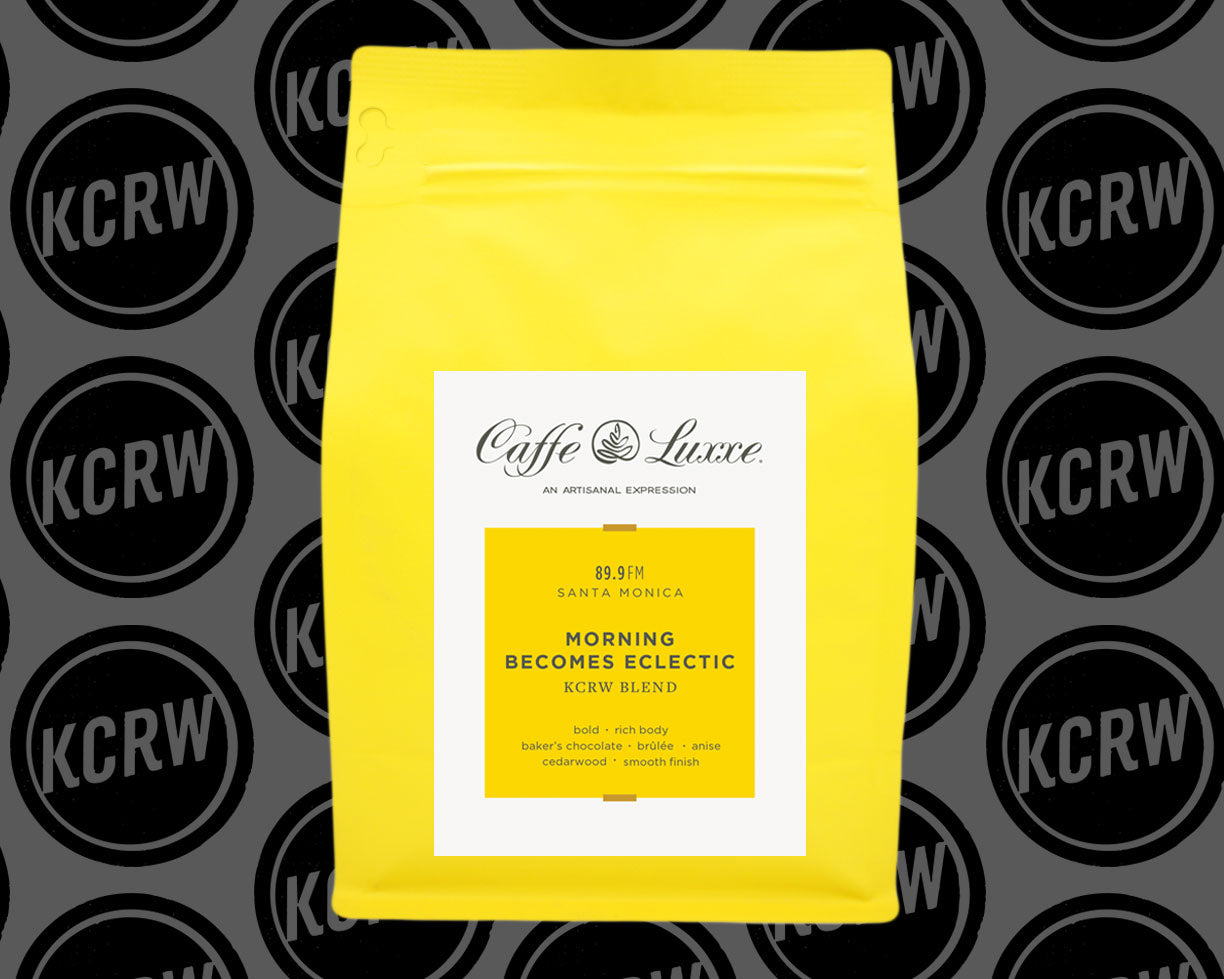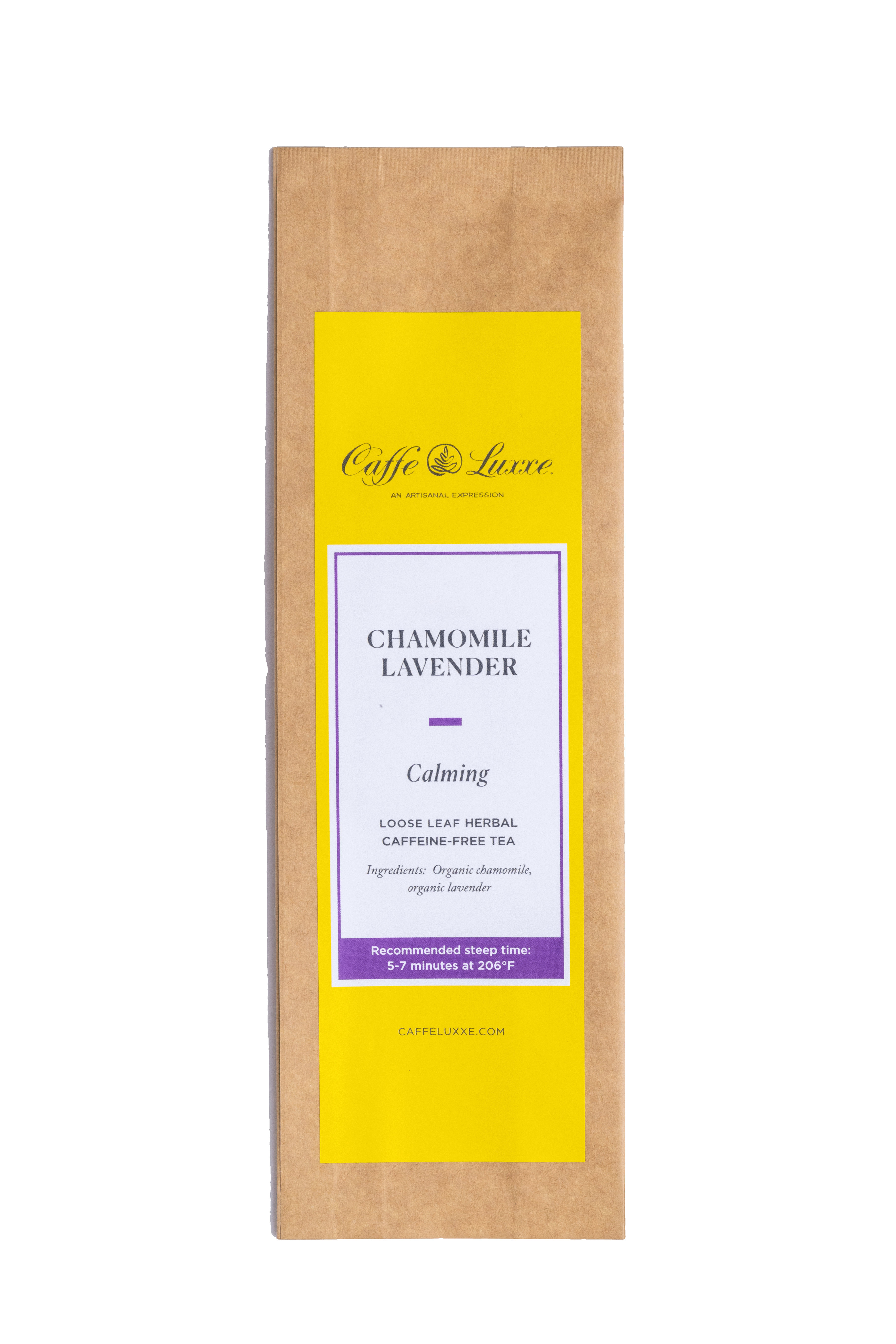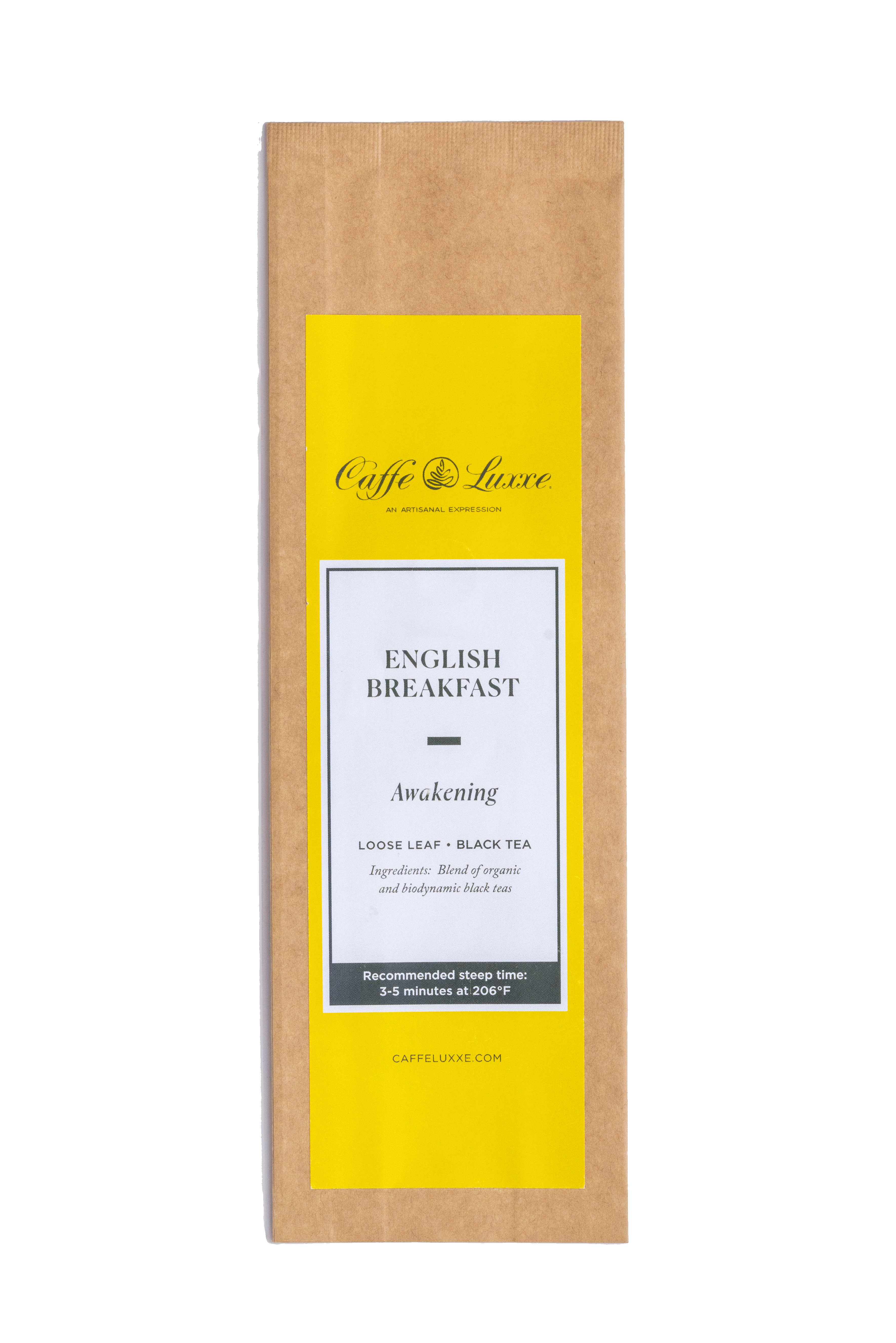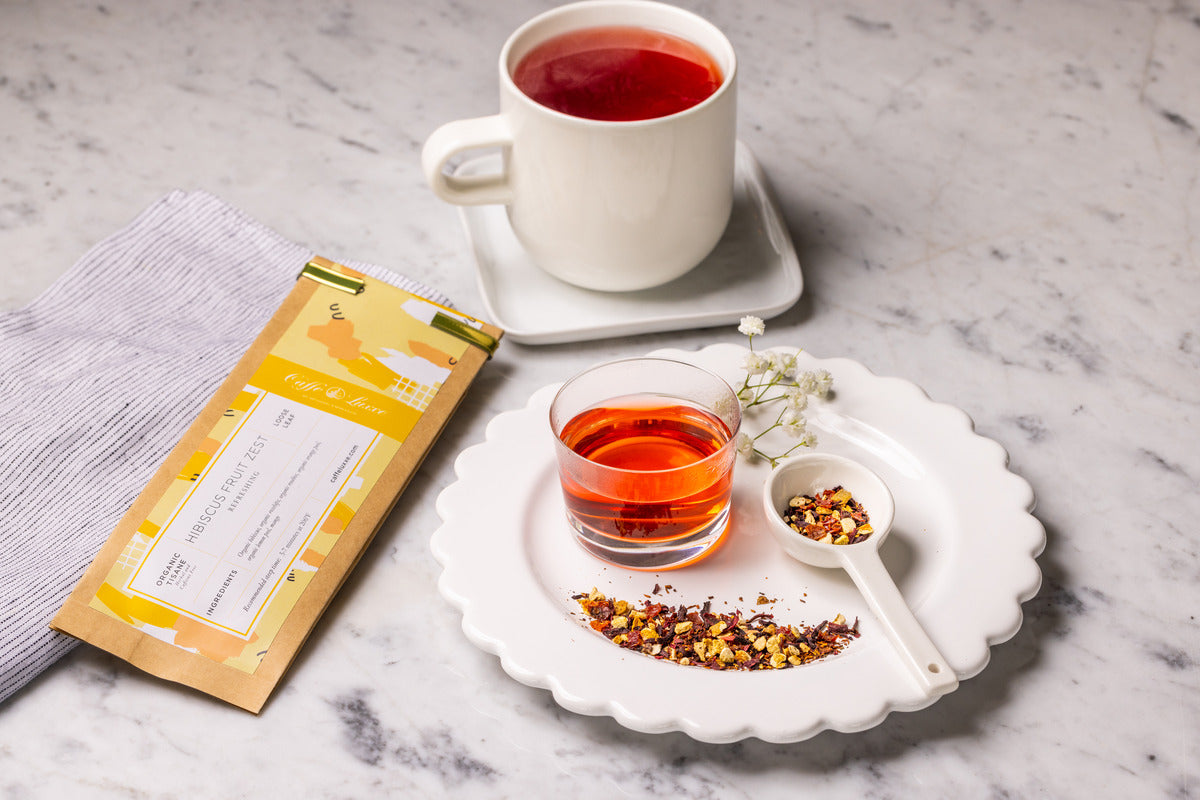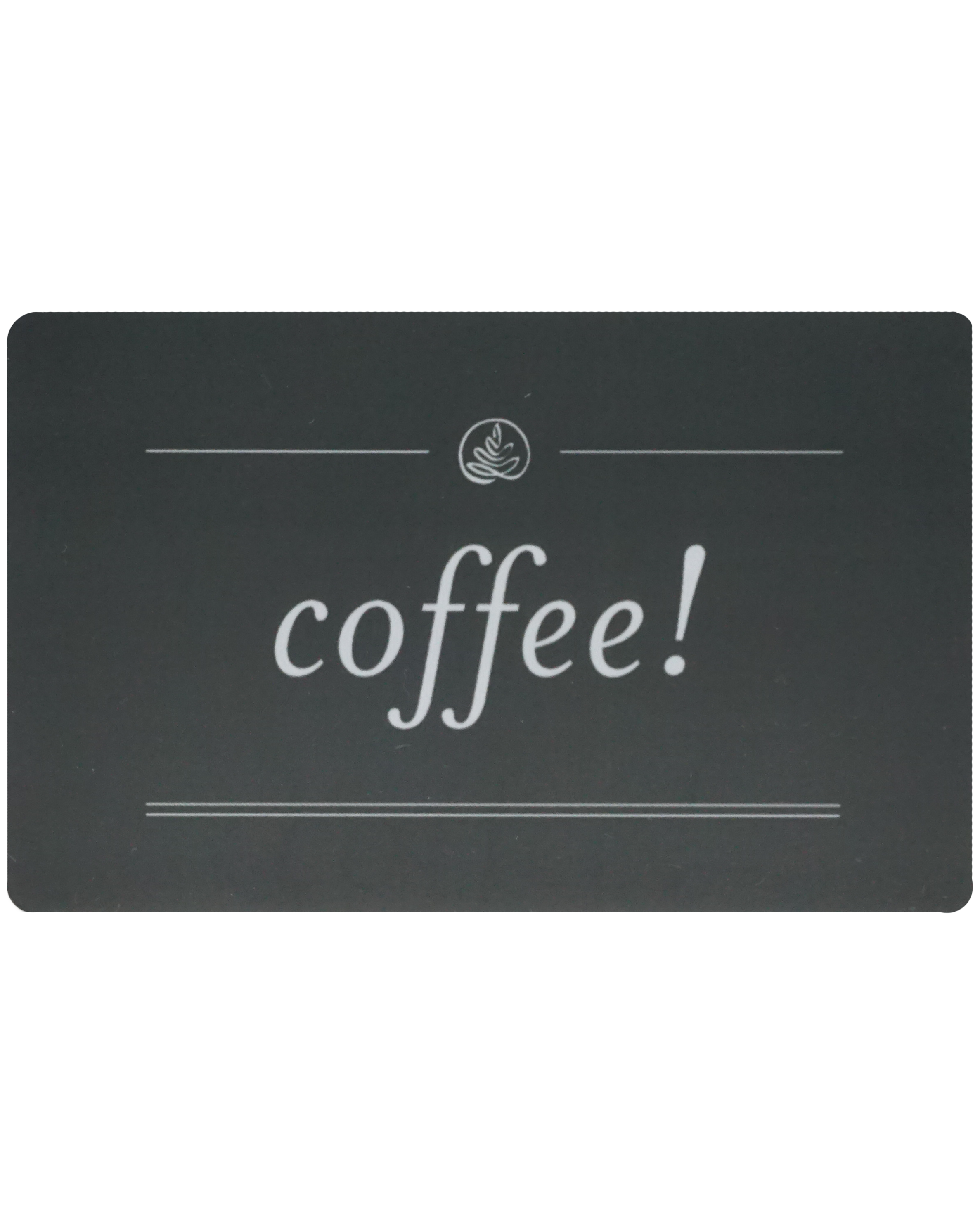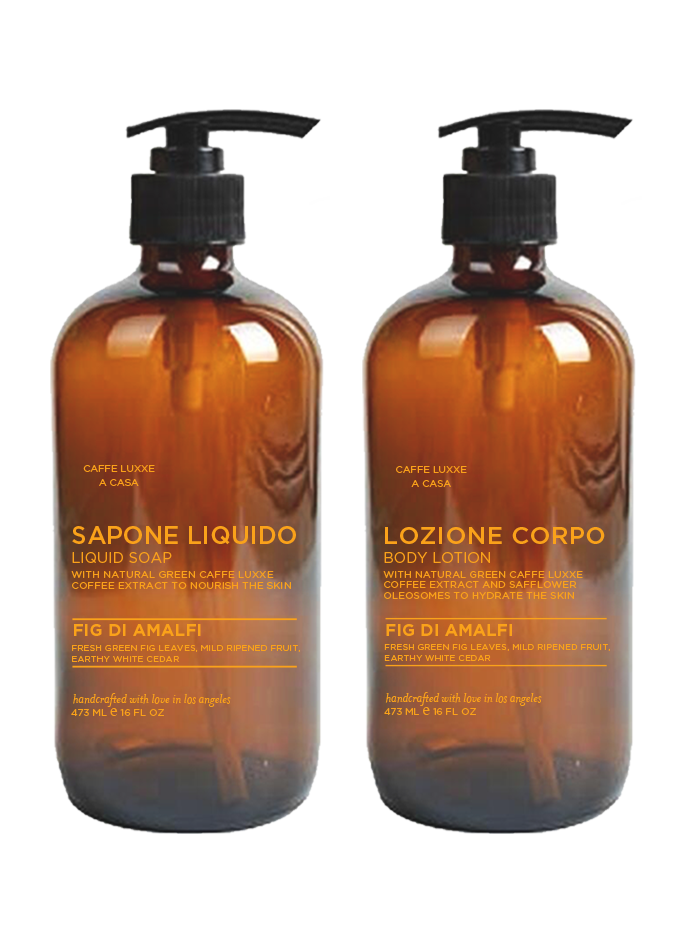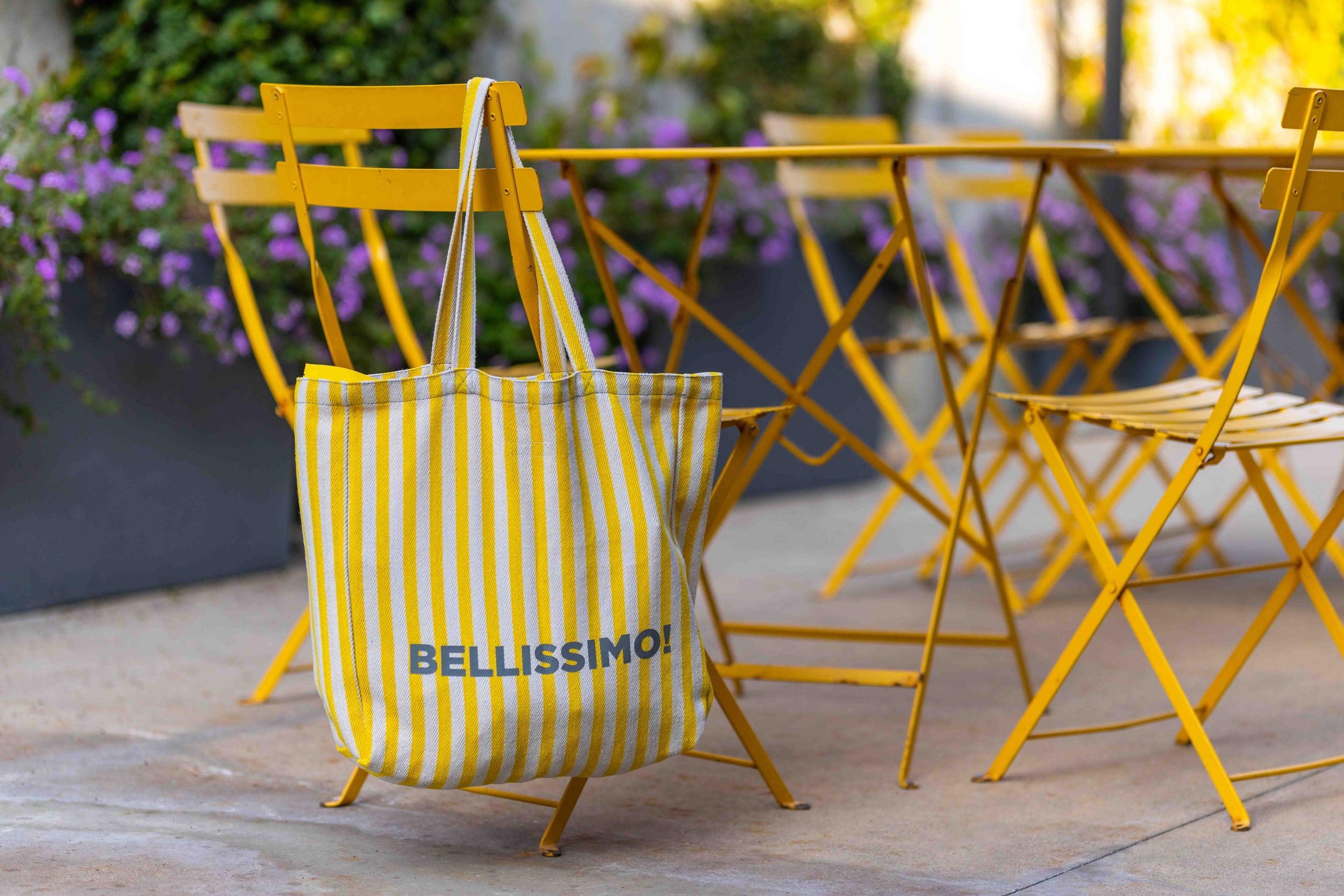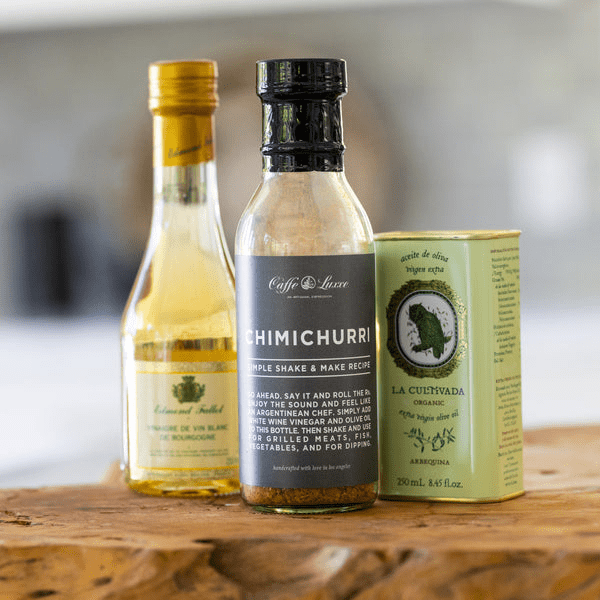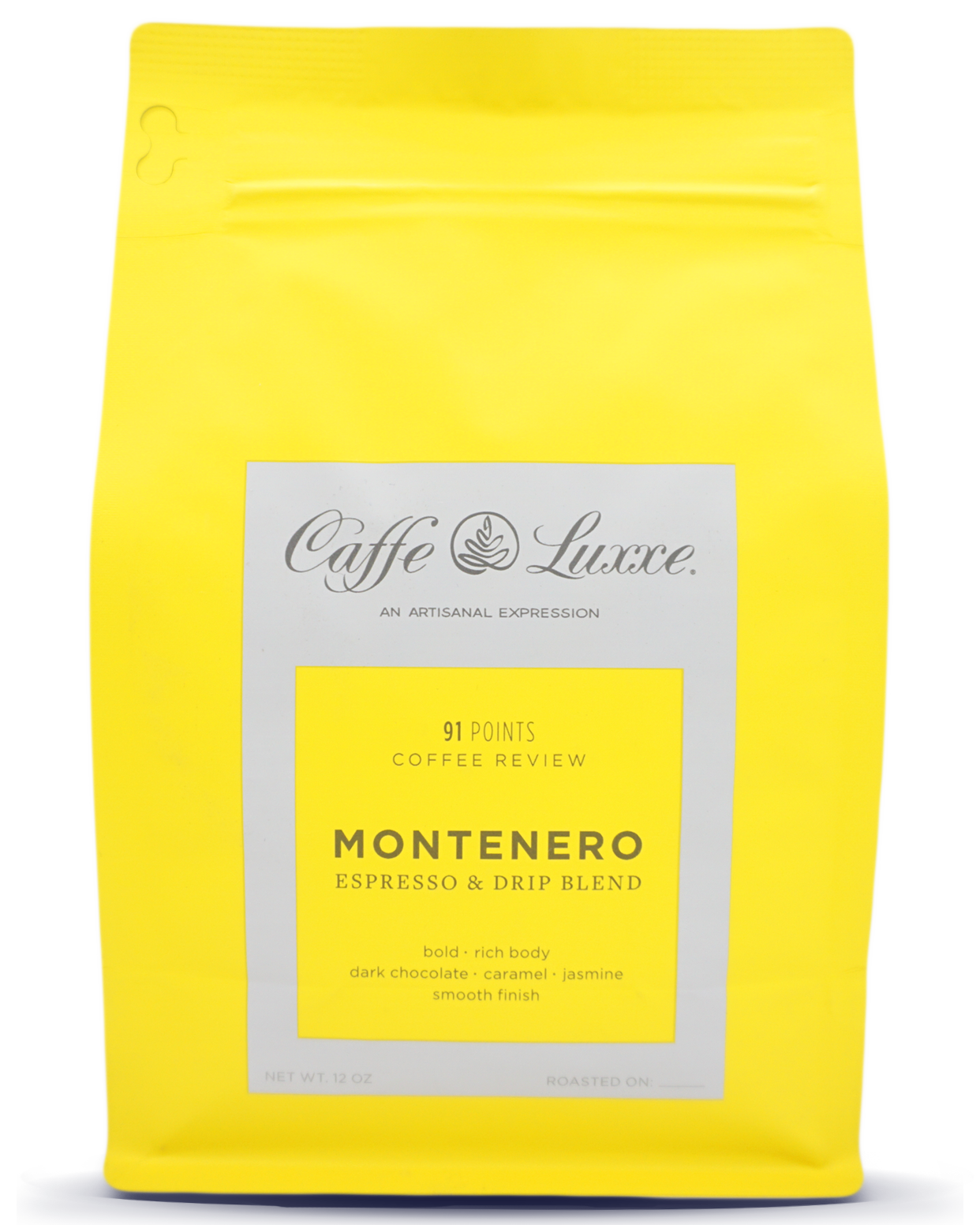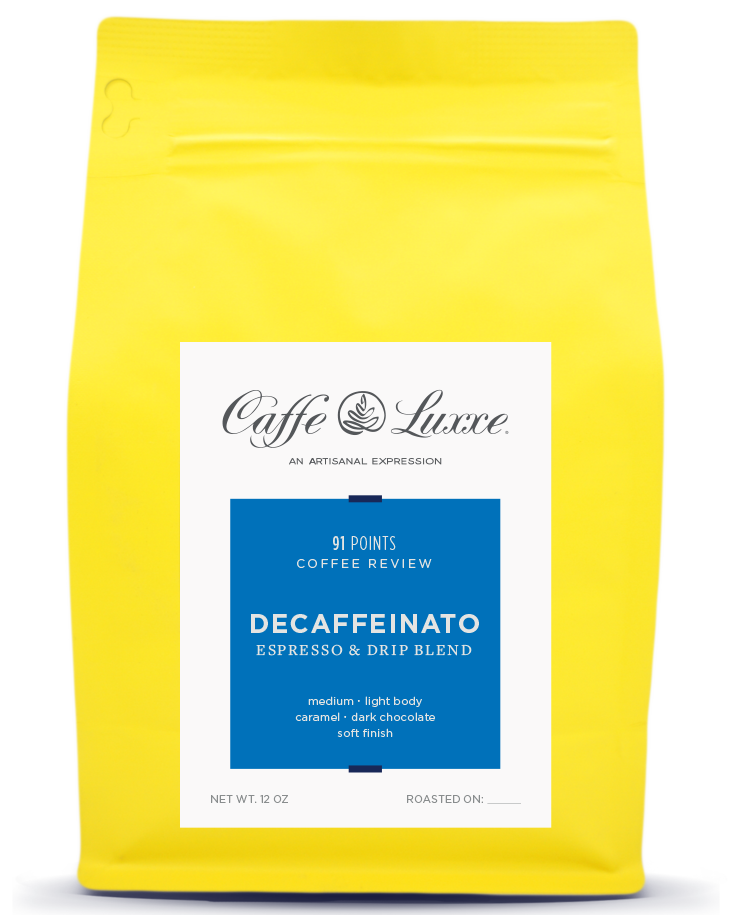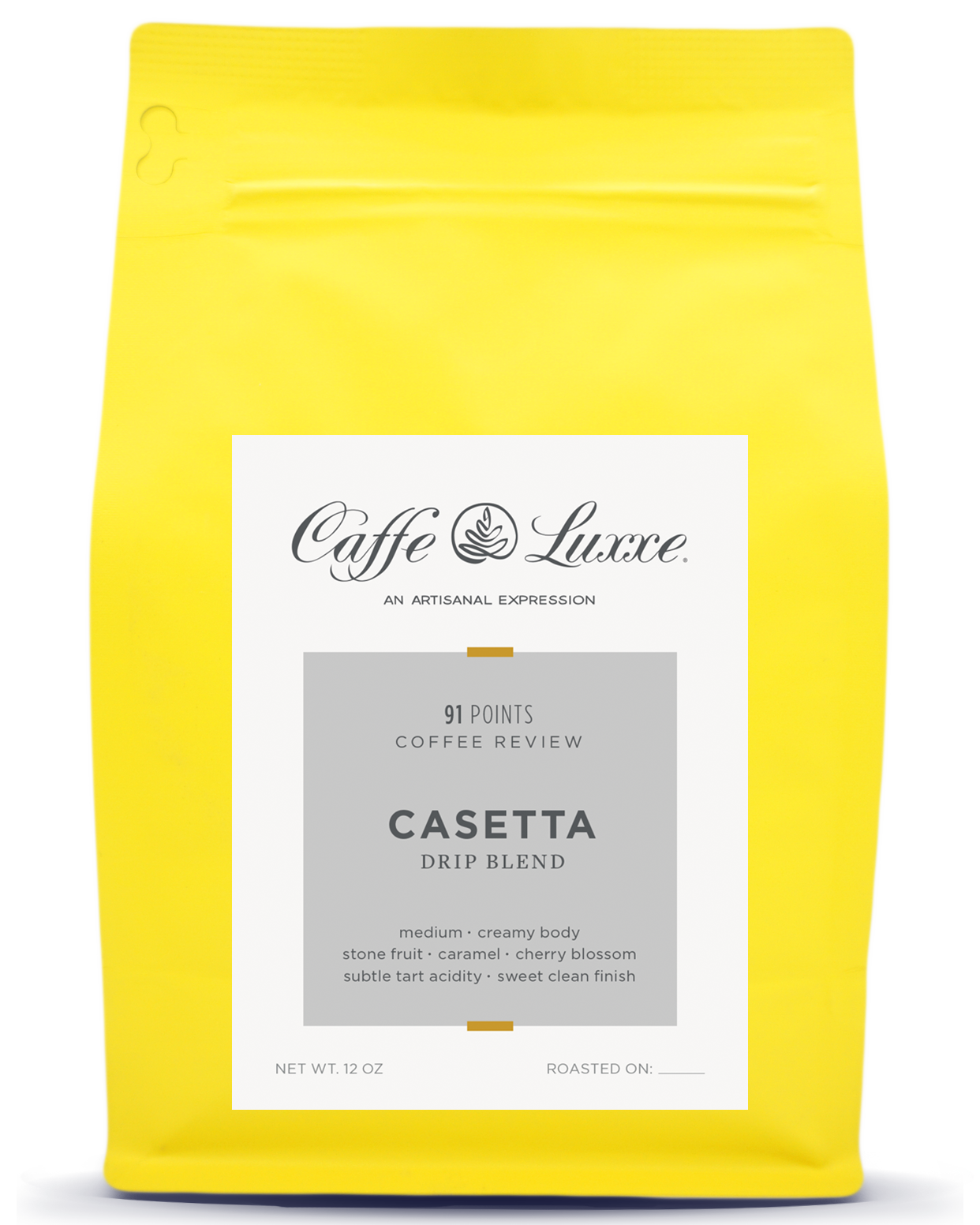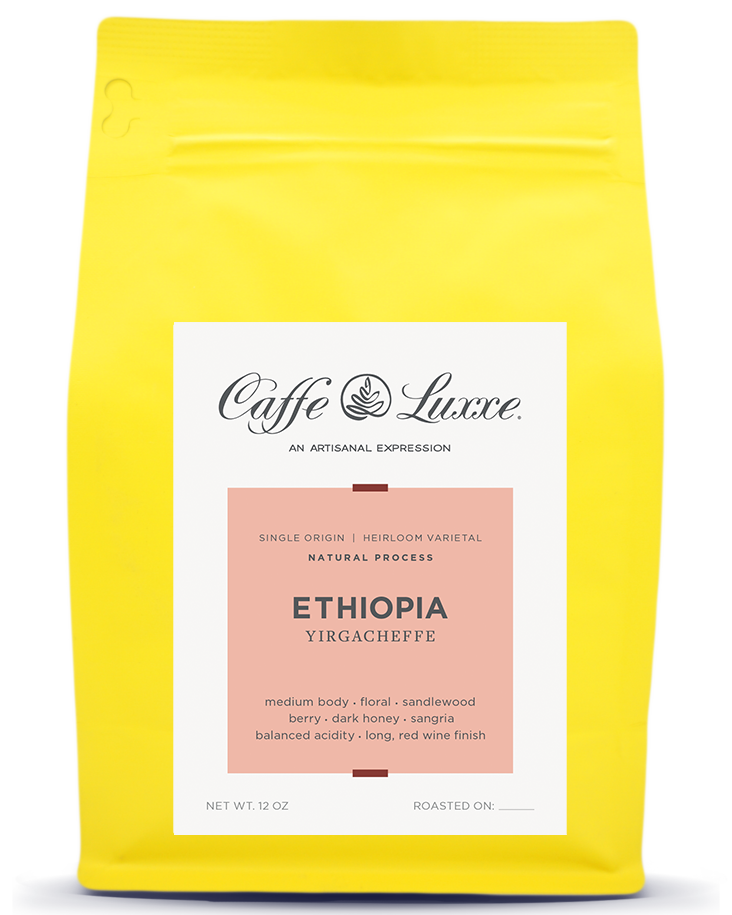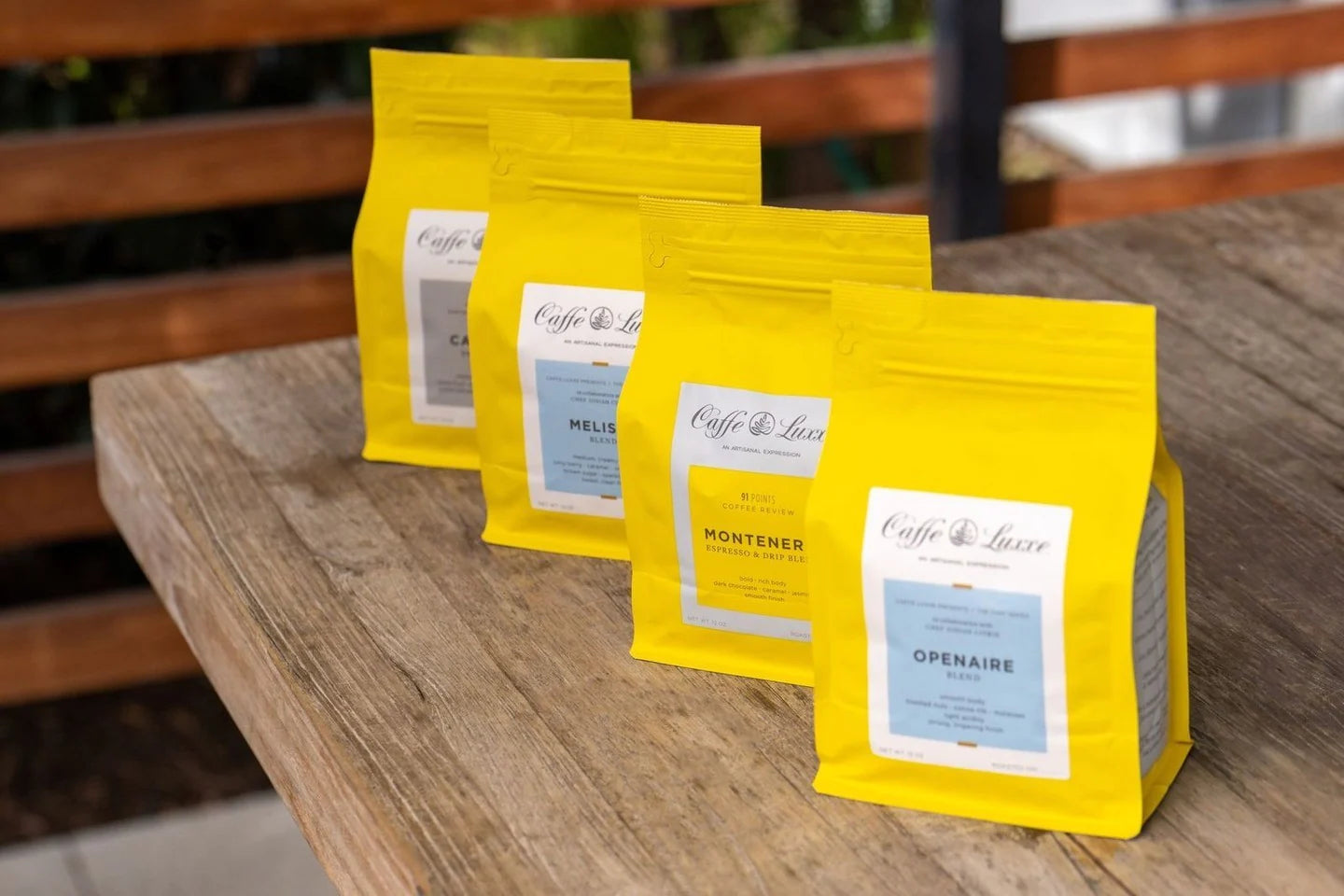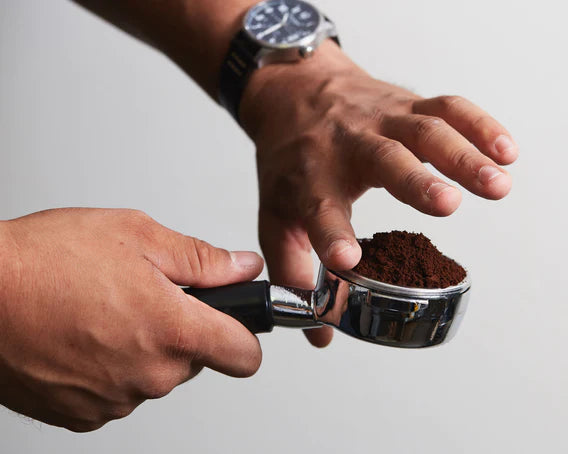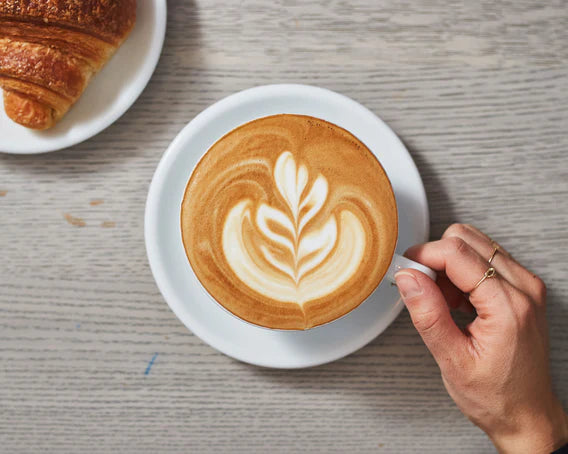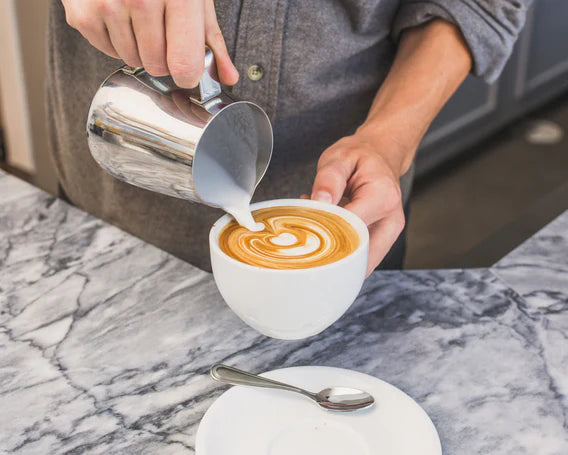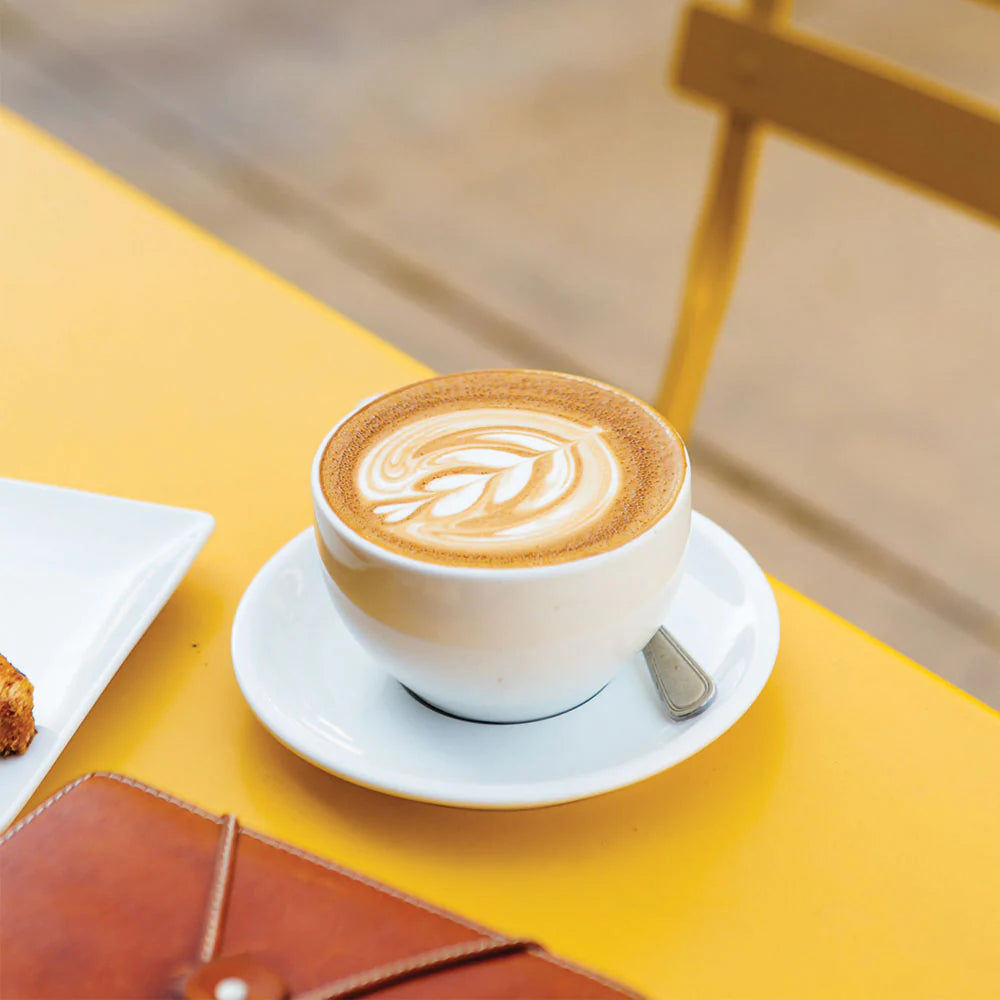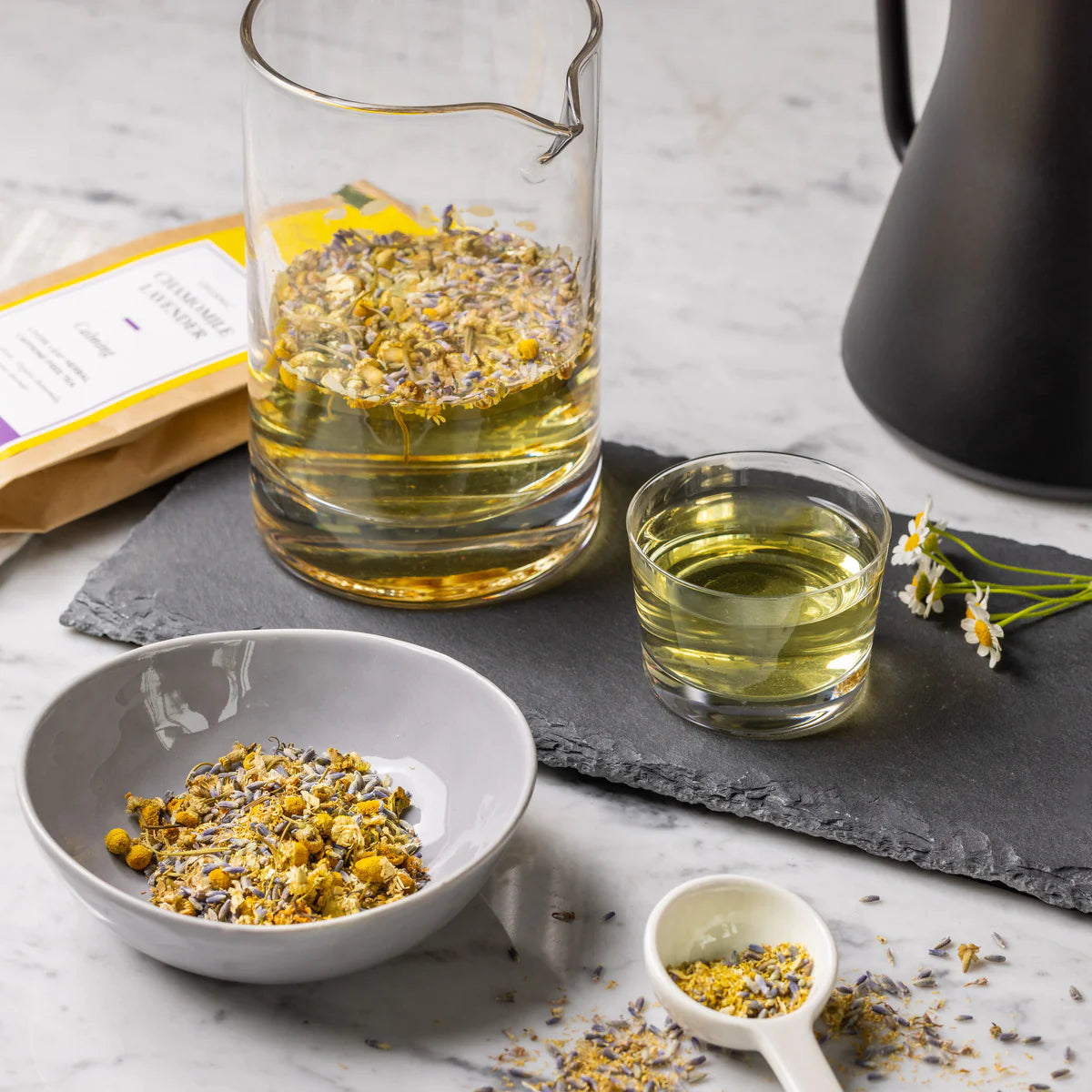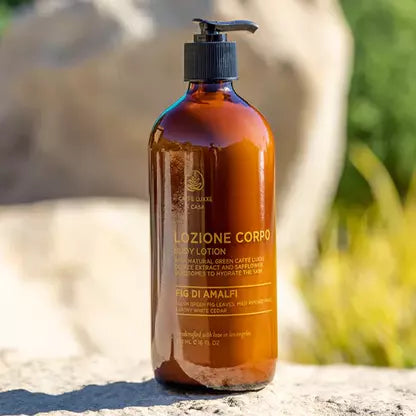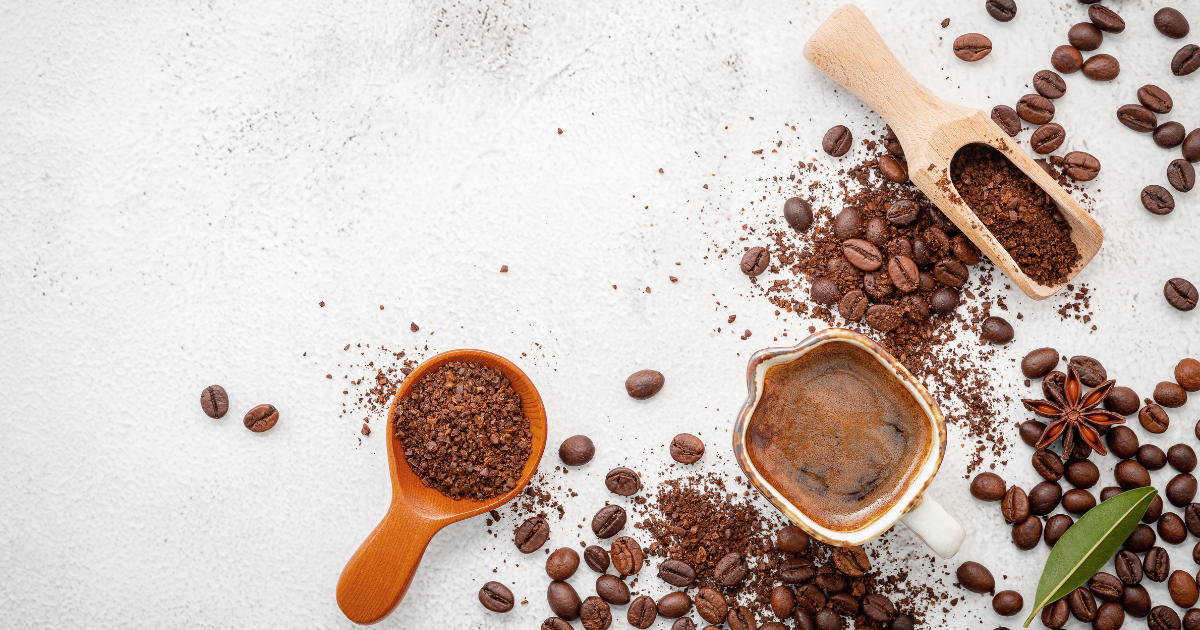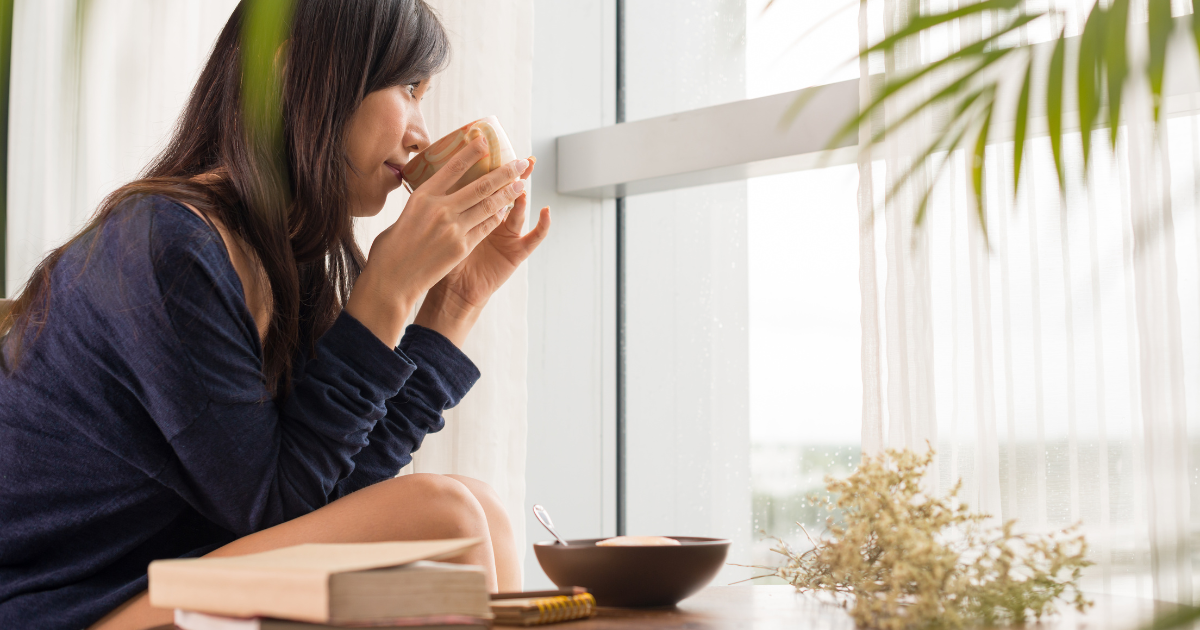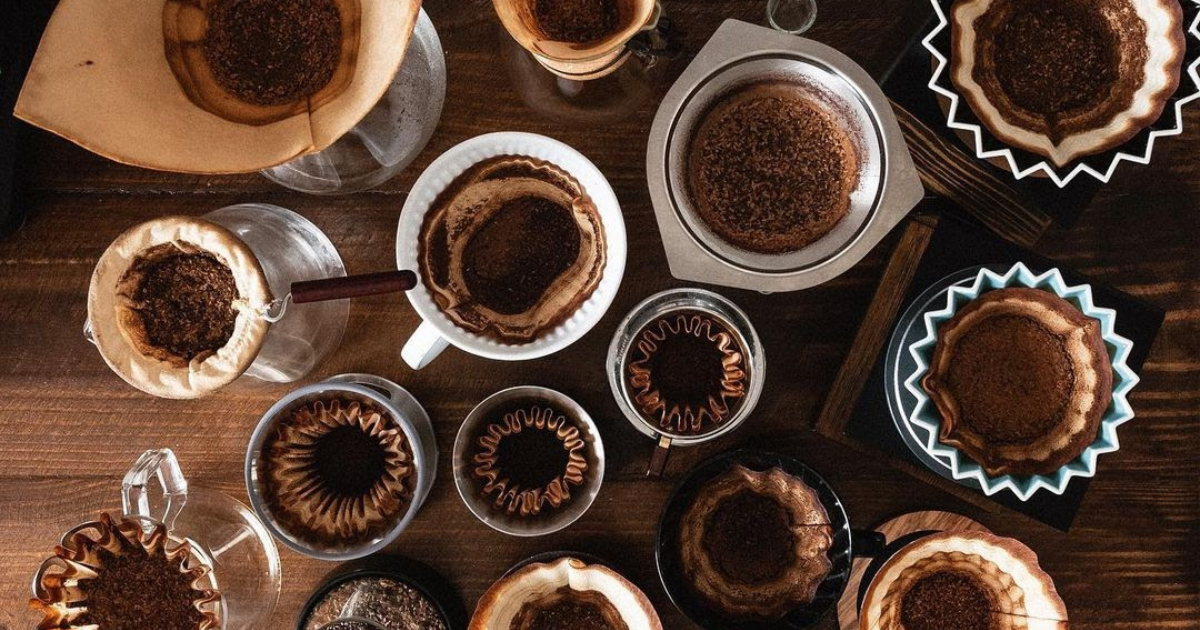
We all love the aroma of freshly brewed coffee wafting through the kitchen. Although most people attribute quality coffee to high-quality coffee beans and the technique used, the modest coffee filter also plays a vital role in achieving the perfect cup.
Filters do much more than just eliminate impurities. They are also capable of enhancing the flavor and aroma of your brew. Coffee filters also trap natural oils that can give the coffee a bitter or sour taste, resulting in a cleaner, smoother drinking experience.
To make a good cup of coffee, you need the proper equipment – including the right kind of filter. However, choosing the best one can be daunting with a dizzying array of options available in the market.
This guide simplifies the process of selecting the best coffee filter for your taste and brewing needs. Here's everything you need to know.
Coffee Filter Materials
The fundamental principles of coffee filters are generally similar: they work by separating the ground coffee beans from the brewed coffee. When you pour hot water over coffee grounds, filters extract the flavor from the beans and create a liquid coffee.
This liquid contains tiny particles, sediments, and natural oils that can affect the coffee's taste and texture. At this point, a coffee filter traps the contaminants as the brewed coffee flows through.
Although all filters may share a similar purpose, they are created with different materials, which can affect their efficiency and effectiveness. Some of the most common kinds of filters include…
Paper Coffee Filters
 These disposable filters are the most popular choice for home brewers. Paper coffee filters are usually cone-shaped or have a flat bottom and come in various sizes to fit different brewing machines. They often come in white and brown colors, depending on the paper used in manufacturing.
These disposable filters are the most popular choice for home brewers. Paper coffee filters are usually cone-shaped or have a flat bottom and come in various sizes to fit different brewing machines. They often come in white and brown colors, depending on the paper used in manufacturing.
White paper filters are made from bleached, processed paper and chemically treated to create a uniform texture and porosity. This process produces a highly effective filter for trapping sediments and coffee oils, producing a clean and bright cup.
In contrast, manufacturers also produce brown paper filters using unbleached, natural paper without chemical processing.. Coffee brewed with a brown paper filter is thought to have a more robust flavor profile as more natural oils and flavors pass through the filter.
There are numerous benefits to using paper coffee filters, including…
- They enhance the flavor profile of your coffee by removing sediments.
- They are incredibly user-friendly and disposable, eliminating the need for time-consuming cleaning and maintenance.
What's more, some coffee lovers prefer paper filters because they tend to leave behind less of an additional taste in the coffee when compared to other filter types. Additionally, the tightness and thickness of the filter weave affect brewing as it impacts the pace of the steep time.
Metal Coffee Filters
Metal coffee filters, or permanent filters, are durable and reusable filters made of metal and designed to replace paper filters. These filters are available in different shapes, but the most common type is cone-shaped, designed to fit into drip and pour-over coffee makers.
Typically, manufacturers make metal coffee filters from stainless steel or gold-tone mesh designed to trap coffee grounds while allowing the liquid coffee to pass through. Aside from their filtering functionality, metal coffee filters also provide several advantages.
- They are reusable, meaning they have more long-term cost-effectiveness than disposable paper filters.
- They are considered more sustainable as they produce less paper waste.
- Some people prefer metal coffee filters because they allow more of the natural oils from the coffee beans to pass through, which some claim results in a richer taste.
However, metal filters are challenging to clean, can leave some sediment in the brewed coffee, and sometimes impart a metallic, unpleasant taste.
Cloth Coffee Filters
As the name suggests, these reusable coffee filters are made of cloth and are typically used to filter coffee grounds in pour-over and drip coffee makers and French presses. Often referred to as coffee socks, these filters use materials from cotton to hemp or nylon mesh to trap coffee grounds.
Cloth coffee filters are becoming more popular in recent years due to their ability to create a full-bodied cup of coffee with minimal sediment and oils passing through. The weave of these filters is tight enough to trap even the finest grounds, making cloth filters effective in producing a richer taste without bitterness.
They also have characteristics similar to metal filters, such as reusability and sustainability. Cloth coffee filters can also be challenging to clean and must be washed and dried thoroughly to prevent mold and bacteria growth.
Coffee Filter Shapes
Like the materials used to make a coffee filter, the shape can also significantly impact the brewing process, affecting the coffee's extraction rate, flow rate, and overall flavor profile.
Coffee filters come in various shapes and sizes, each designed to suit different methods of brewing coffee. Here are two of the most common types:
1) Flat-Bottom Filters
These filters have a flat, rectangular bottom inside a cone-shaped base. They are commonly used in drip coffee makers with flat-bottom filter baskets, and they come in various sizes, usually based on the size of the coffee maker.
The flat-bottom shape of these filters provides a larger surface area for the coffee to come into contact with the water, resulting in a more even extraction and a well-balanced coffee flavor. They are typically made of paper and can be bleached or unbleached.
Most people prefer flat-bottom filters for their ability to brew larger quantities of coffee at once. Their shape also allows for a more consistent water flow rate through the coffee, resulting in a more consistent and uniform extraction.
However, they can be more challenging to clean as the flat shape makes removing all the coffee grounds difficult. To combat this difficulty, many coffee makers feature a removable filter basket.
2) Cone-Shaped Filters
Cone-shaped coffee filters are a type of coffee filter with a conical shape resembling an inverted triangle. They are commonly used in pour-over coffee brewing methods and are designed to work with any coffee maker with a conical filter basket.
The cone shape of these filters allows for a deeper coffee bed, meaning the water must travel through a thicker layer of coffee grounds, resulting in a more concentrated, full-bodied cup of coffee. The shape also promotes a slower, more controlled flow rate, allowing for a more thorough extraction of the coffee's flavor compounds.
Like flat bottoms, cone-shaped filters are typically manufactured from bleached or unbleached paper. They also come in various sizes, the most common being #2 and #4, corresponding to the filter basket size on the coffee makers.
However, cone-shaped filters are not suited for brewing large quantities of coffee at once, as they can overflow if loaded with too many grounds. Additionally, their conical shape can make them slightly more challenging to use and position correctly in the filter basket.
Coffee Filter FAQs
What do the numbers on paper coffee filters mean?
The numbers on paper coffee filters correspond to the size and shape of the filter. The most common numbers are #2 and #4 for cone-shaped filters and #6 and #8 for flat-bottom filters.
A #2 filter is designed to fit into a pour-over coffee maker with a #2 filter basket, and #4 is for larger #4 filter baskets. Similarly, a #6 filter is designed for a flat-bottom filter basket accommodating up to six cups of coffee. In comparison, a #8 filter is designed for larger filter baskets capable of brewing up to eight cups of coffee.
Can I reuse a paper filter?
While it's technically possible to reuse a paper coffee filter, it is generally not recommended, as it can compromise the quality of your coffee. Paper filters are designed to be used only once, as they can become saturated with oils, sediments, and flavors during brewing.
Hence, reusing paper filters can result in an inferior cup with a duller flavor, residues in the coffee, weaker aroma, and increased bitterness.
Should I pre-wet a paper filter before brewing?
 Pre-wetting paper filters is common practice in coffee brewing and can be beneficial for achieving a better-tasting cup. It is thought that pouring hot water over the filter before adding coffee grounds can help to rinse away any paper taste or residue left over from the manufacturing process. Additionally, pre-wetting the filter can help to ensure that the filter stays in place and doesn't collapse during the brewing process.
Pre-wetting paper filters is common practice in coffee brewing and can be beneficial for achieving a better-tasting cup. It is thought that pouring hot water over the filter before adding coffee grounds can help to rinse away any paper taste or residue left over from the manufacturing process. Additionally, pre-wetting the filter can help to ensure that the filter stays in place and doesn't collapse during the brewing process.
Although it's beneficial, pre-wetting is not always necessary, especially if you use a high-quality paper filter rinsed and washed thoroughly during manufacturing. Whether or not to pre-wet a paper filter also depends on the brewing method and personal taste preferences.
Final Thoughts
 Choosing the best coffee filter is an important decision that can significantly impact the taste and quality of your coffee. And with several types of coffee filters available, it's essential to identify the specific advantages and disadvantages.
Choosing the best coffee filter is an important decision that can significantly impact the taste and quality of your coffee. And with several types of coffee filters available, it's essential to identify the specific advantages and disadvantages.
Ultimately, the ideal coffee filter choice depends mainly on personal preferences, the brewing method, and budget.
If you’re learning how to brew the best cup of coffee at home, we’re here to help you. At Caffe Luxxe, we specialize in creating truly artisanal coffee. We’re ready to equip you with everything you need, from top-tier coffee beans to quality filters and other accessories. Browse our website to learn more today.
